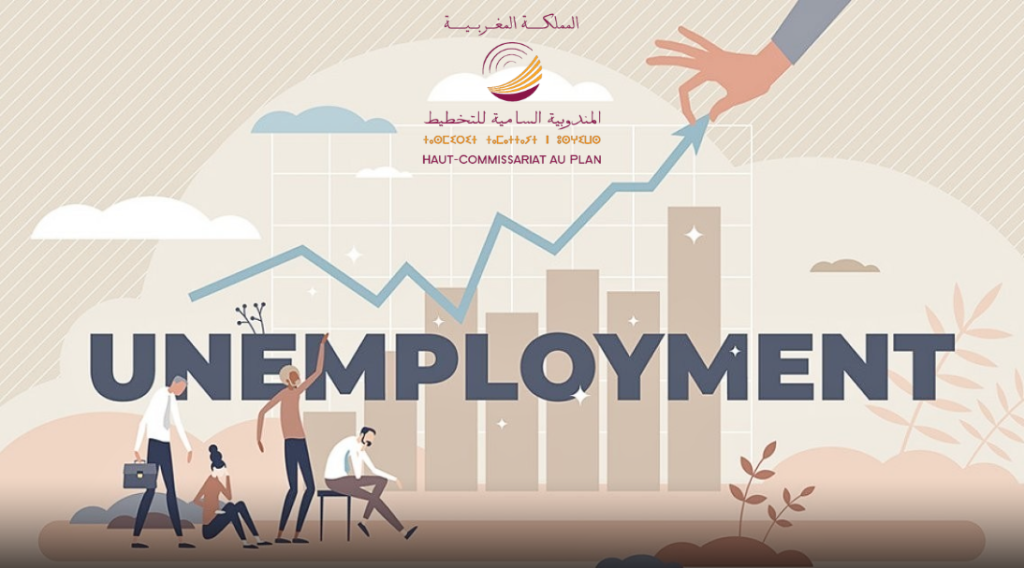73% of women In Morocco do not participate in the formal economy labor market, a stark contrast to the unemployment rate for men which is around 7.5%, according to a new comparative study by Morocco’s Statistics and Forecasts Office (HCP) focusing on the Casablanca-Settat and Eastern region.
The study highlights a significant disparity in unemployment rates. Married women are the most significantly affected group, with a staggering 81.9% likelihood of inactivity compared to 3.1% for married men. Similarly, young women aged between 25 and 34 have a high likelihood of inactivity at 79.4% compared to 3.3% for young men.
Obviously, the rate of participation of women and men in the labor market is affected by societal expectations and the unique challenges they face due to gender differences.
The report shows that the rate of women’s participation follows a U-shaped curve, starting at 83% for the youngest age group (25-26 years), decreasing to 72% at age 43-44, and then rising to 77.6%.
Conversely, for men, the likelihood of inactivity increases with age, starting at 5% for the youngest age group and peaking at 24% for those aged between 57 and 59 years.
Among the contributing factors, education is a pivotal factor affecting women’s inactivity rates, with significant changes in probabilities observed across different education levels. Women without a diploma degree face a much higher likelihood of unemployment, 80.8% compared to 6.8% for men.
However, higher educational attainment significantly lowers the likelihood of unemployment for women to 38.6%, a 42% decrease. The rate for men, however, declines only 1.7% at lower education levels.
Regarding regional rates of unemployment, the study also underlines the impact of geographical and socio-economic factors on women’s participation in the labor market. Unlike men, for whom the lowest unemployment rate across regions is 8%, women’s rates of unemployment vary more significantly.


